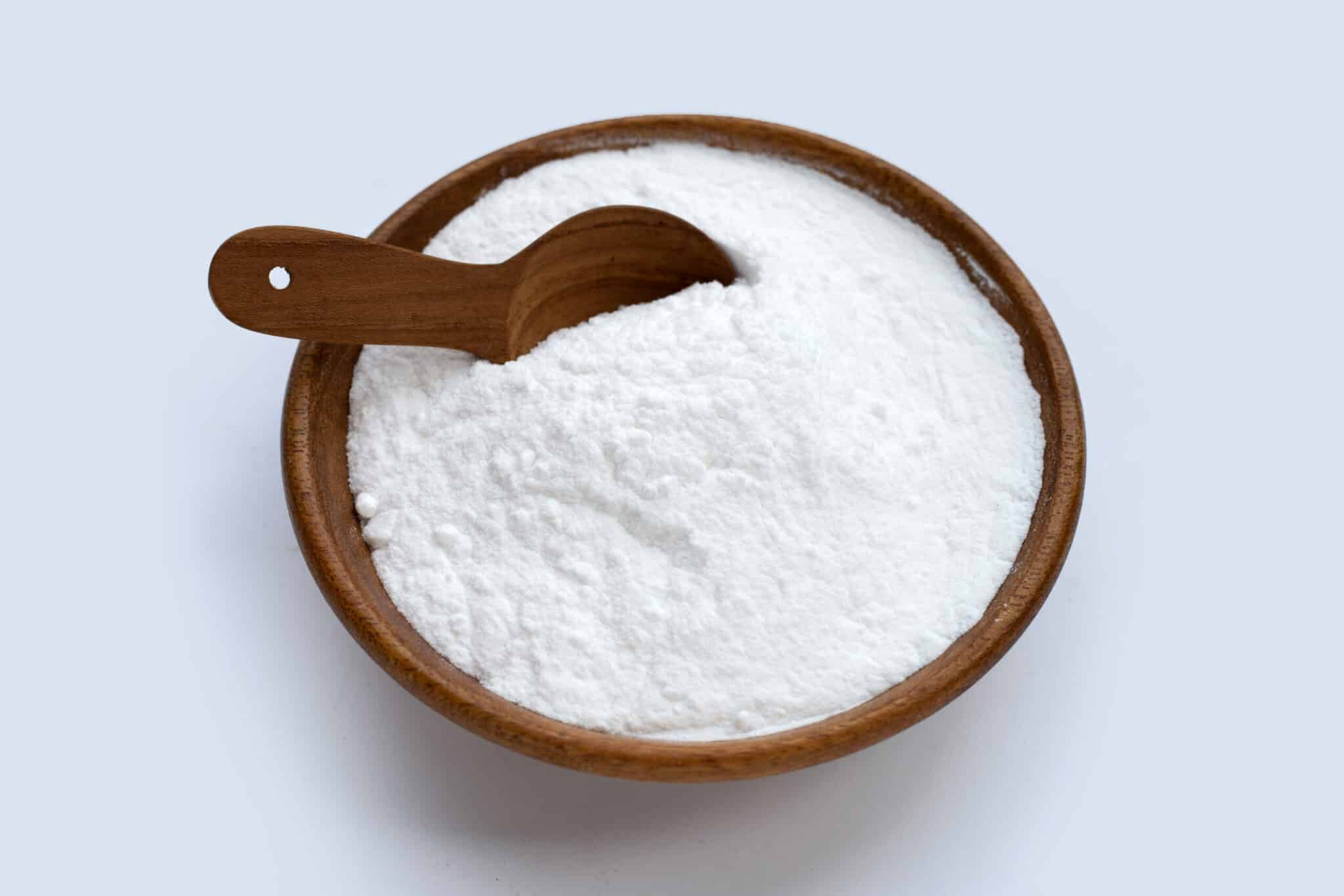Updated on April 9th, 2023
Every lover of baked goods knows the thrill of a good batch lies in its fluff and volume. And we know only a leavening agent can help us achieve this feat. It’s why even when we slack off on replacing everything else in the pantry, we always strive to make sure there’s enough baking powder. Still, you tend to run out, even after being meticulous. Does this now mean you won’t get to make that tasty until you get a new jar?
Not necessarily, because right there in your kitchen are everyday ingredients you can combine to create the perfect baking powder substitute. You can quickly arrange a replacement for baking powder with baking soda, cream of tartar, lemon juice, and many other handy items from your pantry. And you can even get a reasonable substitute that’s completely void of baking soda and works in waffles, pancakes, and cakes!
Baking Powder Nutrition Facts
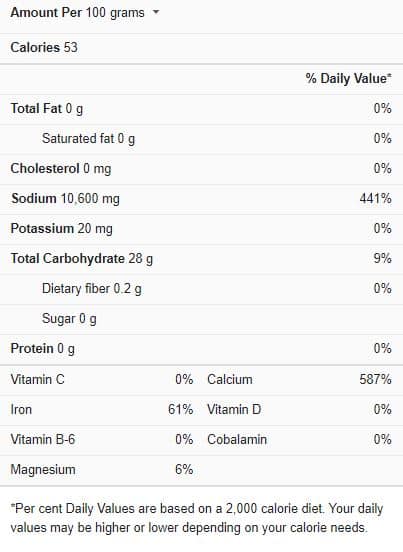
What Does Baking Powder Do?
You’ll always find baking powder in lots of baked recipes, indicating its importance on the menu. But have you ever asked why it’s always so heavily dependent? Well, its function lies in its nature. Baking powder is a leavening agent made from a mixture of baking soda and an acid. Its name tends to make newbies confuse it with baking soda, an equally important ingredient in baking. But both are slightly different though they share specific similarities.
First, baking soda is sodium bicarbonate, releasing carbon dioxide bubbles when reacting with a liquid and an acid. Baking soda itself is then combined with the acid to make baking powder, and in this stage, the mixture only requires liquid to activate. Both ingredients are excellent leavening agents, and this is owed to the chemical reaction triggered in the presence of a fluid.
When a liquid like water or milk is added to dough containing baking powder, the sodium bicarbonate baking soda reacts with the acid. This reaction causes bubbles to be generated and trapped between the dough. As more bubbles are released into the dough, they create air pockets between the fibers, and the dough gradually lifts. This condition is known as leavening, so baked goods made with baking powder are light and fluffy.
Baking Powder in Recipes
Foods made with baking powder are usually puffy and light, and the leavening reaction makes them more attractive. The air pockets allow the baked goods to be tender and soft when eaten and create more space for ingredients to invade. Baking powder is the main reason why many baked recipes are so attractive. It’s a regularly added item to almost all baked goods, including;
- Cakes
- Scones
- Apple crumble
- Quick dosas
- Cookies
- Pancakes
- Pies
- Waffles
- Churros
- Granola bars
- Courgette fritters
- Biscotti
- Pumpkin naan
- Muffins
- Biscuits
- Peach cobbler
- Brownies
- Cornbread
- Donuts
- Croissants
- Cupcakes
- Cappuccino slices
- Bread
Baking Powder Homemade Substitutes
You can whip up an easy homemade baking powder substitute if you have baking soda in your pantry. Since baking powder contains baking soda, you’ll get enough bubbles in your dough and initiate the leavening process. But if you don’t have baking soda, other handy options are also available in your kitchen. Review the collection below and select whichever best fits your need;
Baking Soda + Kitchen Acids

Since baking powder is a combination of bicarbonate and acid, you can replicate the compound if you’ve got baking soda. Baking soda needs the presence of acid before it can be activated by water or any liquid, so make sure to combine it with an acidic ingredient in your kitchen. And once you do, you can use the substitute in numerous baked recipes.
If you have cream of tartar, combine it with baking soda to get an adequate replacement for baking powder. The cream of tartar, or potassium hydrogen tartrate, is a white powdered byproduct derived from making wine. Cream of tartar is initially used to stop sugar crystallization and stabilize creams and egg whites. But it can also be employed as a homemade baking soda substitute. To use this suggestion, blend 1/2 teaspoon of cream of tartar with 1/4 teaspoon of baking soda to replace one teaspoon of baking powder.
Another acidic ingredient you can mix with baking soda to get a good baking powder alternative is white vinegar. While most kinds of vinegar have a sharp taste, white vinegar is more neutral-tasting, so you’ll escape it, influencing the flavor of your baked recipe. Replace cream of tartar with vinegar if it’s what you have. But only use this option if you need the substitute in small amounts.
Baking Soda + Fermented Dairy

Not everyone has cream of tartar sitting in their cabinet or likes the taste of vinegar in baked goods. You can swap the acid with an acidic product for such cases, and the best types are dairy. Plain yogurt, sour milk, and buttermilk are fantastic dairy product examples with enough acidity for this purpose. The acid in these ingredients is powerful enough to activate the bicarbonate and cause gases to leave dough. So, if you have any of these ingredients in your fridge, use them to make your homemade baking powder substitute.
Mix 1/2 cup of buttermilk or plain yogurt with 1/4 teaspoon of baking soda, and you’ll have enough replacement for one teaspoon of baking powder. But note that these are wet ingredients, so reduce that in your recipe by a half cup. You can also turn regular milk into sour milk by adding a teaspoon of lemon juice or vinegar into it and leave it to sit for about 10 minutes. Then, you can put 1/2 teaspoon of baking soda into this mixture to get your homemade baking powder substitute.
Baking Soda + Lemon Juice
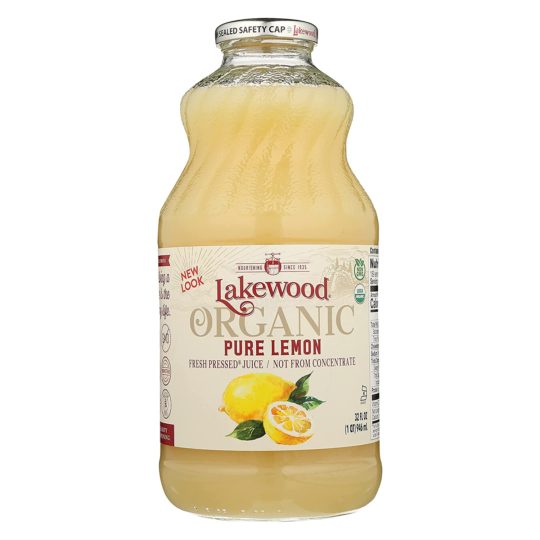
What if you don’t have any of these fermented products? Well, you can add some lemon juice into baking powder as acid and use that to replace baking powder. Lemon juice is the most acidic of citrus fruits, so it works best for this purpose. Plus, if you’re making lemon cake, it’s your best homemade baking powder replacement.
For a teaspoon of baking powder, add a teaspoon of fresh lemon juice to 1/4 teaspoon of baking soda. Remember that the lemon juice flavor will surface in your recipe, making sure it’s something you can accept.
Whipped Egg Whites
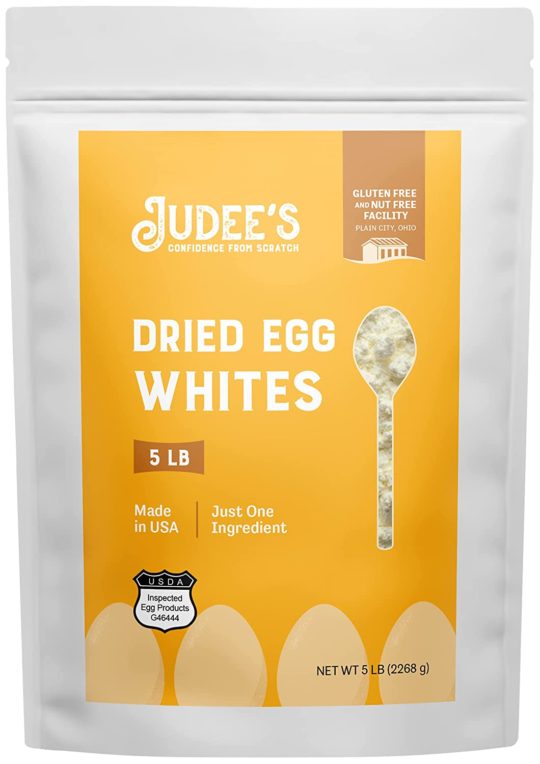
You can also whip some egg whites as your homemade baking powder substitute if you don’t have baking soda. Egg whites trap air bubbles in the mix when thoroughly beaten, and these are enough to make most baked goods light and fluffy. Whipped egg whites are your best homemade baking powder solution for pancakes and souffle and work in cakes and 3 meringues as well. And the bigger the size of baked goods, the more egg whites you’ll need for the recipe.
About three egg whites are enough for most pancakes and cupcakes, while larger cakes would need between 10 to 12. And when beating the whites, do it slowly till the foam, and speed it up, so the mixture slightly rises. Then, fold the egg whites into the other ingredients, and you’re good to go!
Club Soda
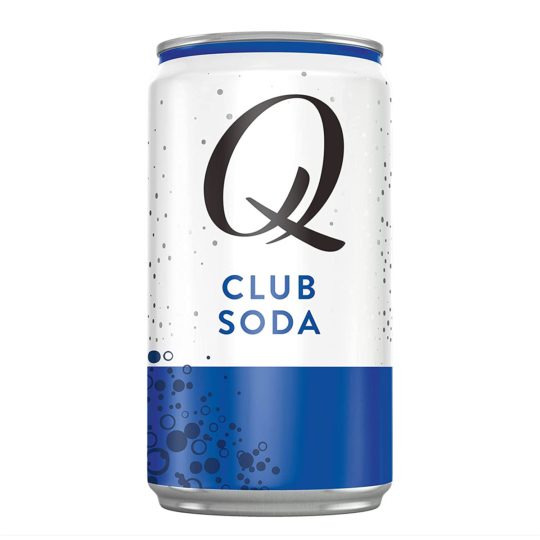
Since sodium bicarbonate is the agent in the baking powder that releases bubbles, club soda makes a handy alternative. Club soda is mainly consumed as a beverage, but it can work as a homemade substitute for baking powder. But club soda only has a small amount of sodium bicarbonate, so it’s best for recipes where you’ll need a dash of baking powder. You can even use it to replace baking soda in the recipe if you’re out of that too, so it’s a double whammy. And for best results, replace most of the liquid in the recipe like milk and water with club soda.
Frequently Asked Questions (FAQs)
Can you use cornstarch instead of baking powder for pancakes?
No, you can’t. Cornstarch works best as a substitute for flour and not baking powder or baking soda. The reason is baking powder and baking soda are leavening agents while cornstarch isn’t. If it’ll replace baking powder, it has to be mixed with baking soda and an acid component like cream of tartar or buttermilk. For instance, one teaspoon of baking powder can be substituted with a mixture of 1/2 teaspoon of acid and a quarter teaspoon each of baking soda and cornstarch.
Can I leave baking powder out of a recipe?
Yes, but note that your baked goods would come out dense and thick if you do. In the case of cakes, the recipe may become crumbly and ruined unless you already have baking soda in the recipe. If you don’t have baking powder, your best bet is to use any of the substitutes mentioned above.
Can you use baking soda in place of baking powder?
Yes, but with a few adjustments. Baking soda is a more powerful leavening agent, and 1/4 teaspoon of it is enough for one teaspoon of baking powder. But you’ll also need to add an acid to the baking soda so it can activate in the presence of water. You won’t need much of it, though – about 5/8 teaspoon of acid like cream of tartar is enough to trigger 1/4 teaspoon of baking soda.
Conclusion
Knowing the best ways to make a substitute for baking powder at home is a convenient way to ensure you’ll always bake your favorite recipes. And with these helpful tips, you may never have to worry about running out of the leavening agent again. Each replacement will give your baked goods enough lightness and volume to match baking powder. Plus, they’ll help you cut costs of having to rush to the grocery store every time you’re in need.
